Christmas Blossoms – Mid-Nineteenth Century Juvenile Annuals
One of the more popular annuals during the mid-nineteenth century was Christmas Blossoms, and New Year’s Wreath. First issued by Phillips and Sampson in Boston for the 1847 holiday season as a gift book for young readers, the title was then copyrighted by E.H. Butler in Philadelphia and issued each year through 1854. Slightly square-shaped duodecimos, the books contain stories and poetry edited by the fictional Uncle Thomas, a Santa-like older gentleman who also appears as a character in the stories. (He does not appear in the final 1854 edition.) Each book also includes six mezzotints by Sartain – one frontispiece, one half title, and four more interspersed throughout the text.
Christmas Blossoms, and New Year’s Wreath, for 1847. Boston: Phillips & Sampson, 1847.
The Library Company has eight lovely and unique copies of the 1847 edition. These came to us over the past decade as part of the signed Benjamin Bradley binding collection and the patterned cloth binding collection that were both compiled by Todd and Sharon Pattison. Bradley bound the 1847 edition (his embossed stamp can be found in the corner of the flyleaf) and he used a variety of decorated cloths to cover the books. One of the important features of gift annuals like this one was the binding – it had to be special. Christmas Blossoms was intended for young readers and so the bindings didn’t need to be overly elaborate, just enough to stand out and catch the eye of the buyer and appeal to children. One can just imagine how enticingly pretty these books would have looked on the shelf in a bookstore, with their bright colored cloth and shiny gold stamping.
Christmas Blossoms, and New-Year’s Wreath, for 1848. By Uncle Thomas. Boston: Phillips & Sampson, 1848. (Copyright E.H. Butler). The Michael Zinman Binding Fund.
Christmas Blossoms, and New-Year’s Wreath, for 1849. By Uncle Thomas. Philadelphia: E.H. Butler, 1849. Gift of Helen Beitler.
When E.H Butler took over publishing the 1848 edition, he had Philadelphia bookbinder Joseph Altemus bind them. Altemus signed the binding, rather boldly, right on the front cover. (His name is engraved in the brass die, at the lower left.) These same brass dies were used again on the 1849 edition, but with one important alteration – switching out the 8 for a 9 on both the cover and spine.
Christmas Blossoms, and New-Year’s Wreath, for 1850. By Uncle Thomas. Philadelphia: E.H. Butler, 1850. The Michael Zinman Binding Fund.
To fill out our collection of this series, we recently purchased a copy of the 1850 edition of Christmas Blossoms. For this edition they came up with an entirely new cover, though the spine decoration remained the same with the usual alteration to the date. This combination of the new 1850 cover with the older spine decoration is a little curious, as the styles don’t really match. Whatever the reasoning behind it, whether aesthetic or economical, the following year the binding returned to a more cohesive design.
Christmas Blossoms, and New-Year’s Wreath, for 1851. By Uncle Thomas. Philadelphia: E.H. Butler, 1851. The Michael Zinman Binding Collection.
For 1851, they extracted the large vase of flowers from the die used on the 1848 and 1849 covers and used it as a centerpiece. A new border around the edges was used, composed of a floral design which more closely resembles the spine decoration. The same spine stamp was used, and yet again, it was altered to reflect the year. For the lucky youth who owned all the E.H. Butler Christmas Blossoms, they must have looked very elegant on the bookshelf, with their uniform and profusely gold-stamped spines.
Christmas Blossoms, and New-Year’s Wreath, for 1852. By Uncle Thomas. Philadelphia: E.H. Butler, 1852. The Michael Zinman Binding Fund.
Christmas Blossoms, and New-Year’s Wreath. By Uncle Thomas. Philadelphia: E.H. Butler, 1853. The Michael Zinman Binding Fund.
We also recently purchased an 1853 edition of Christmas Blossoms that was in fact the 1852 edition with a few crucial, interesting changes. As you can see, the date on the upper cover has been obliterated – though not entirely successfully – by stamping over the “1852” with a heavy ornament. The date on the spine has been similarly blotted out, rather than changed as it was in years past. A new title page dated 1853 was tipped in, along with a new half title that also had the date removed. Publishers were becoming savvy about the limited shelf life of books that had dates so prominently displayed, and were finding clever ways to remainder their leftover stock for when necessary. Over-stamping was one technique that was used, as seen in this case, and publishers were also known to alter or erase the date on the title page in lieu of replacing the page entirely. What happened in this case, though? There was clearly a supply of leftover 1852 Christmas Blossoms that they wanted to unload during the 1853 Holiday season. Was the popularity of Christmas Blossoms beginning to wane?
Christmas Blossoms, and New-Year’s Wreath, for 1854. Philadelphia: E.H. Butler, 1854.
The final Christmas Blossoms came out in 1854. In this edition, Uncle Thomas is gone as both the author and as a character in the stories. (He was sick in the 1853 version and children must have wondered what happened to him!) The spine is stamped differently than the last six editions and a simplified version of the 1852 and 1853 die, with no title and no date, was used for the covers. It seems possible that the publishers knew this would be the last edition of the annual, and therefore opted to avoid having a new large die made, or go to the trouble of altering the dies from previous years. And though it is a departure from the previous years’ bindings, it is still quite lovely.
Now having a complete run of this juvenile annual, the Library Company’s collection provides a unique opportunity to study how these bindings changed and evolved over the years, and how publishers employed bindings to attract the eye of their book-buying customers.
Happy Holidays, everyone!
Jennifer Rosner, Chief of Conservation


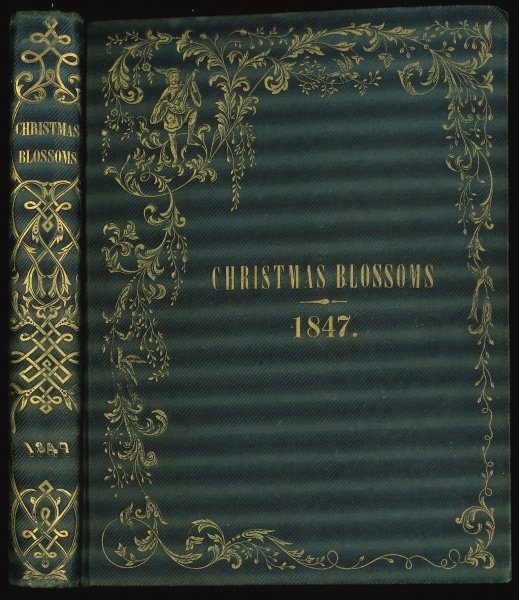
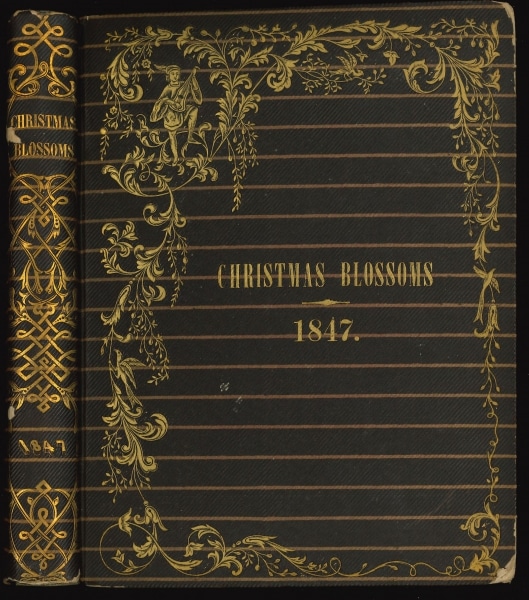
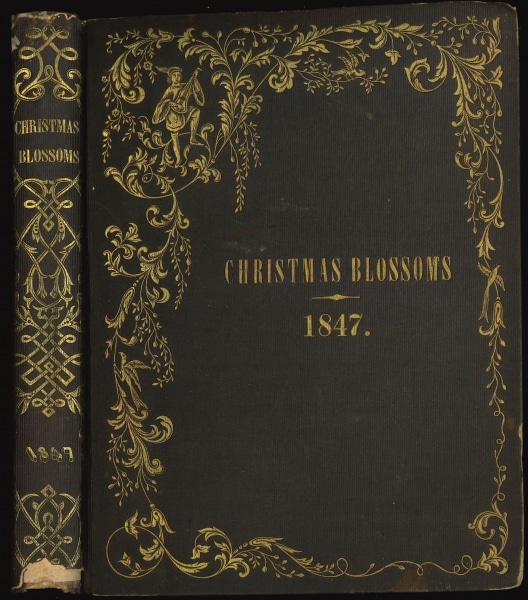
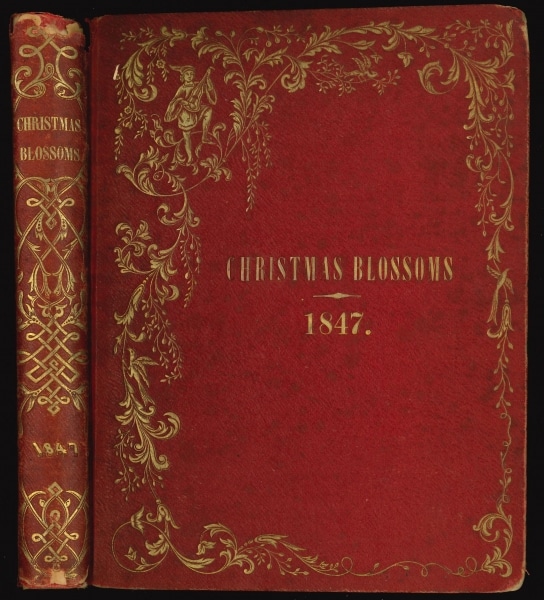
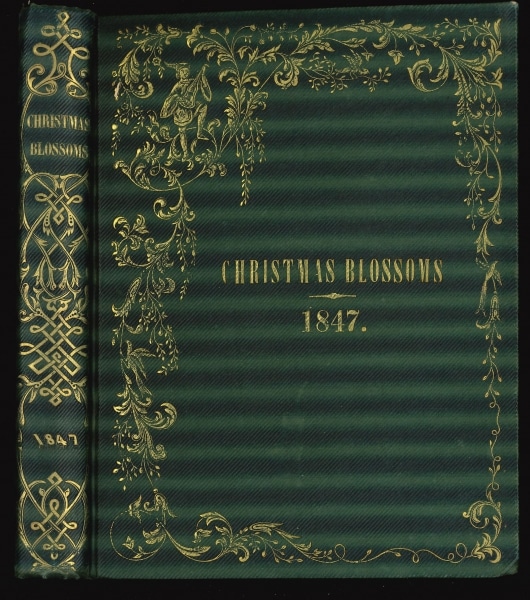
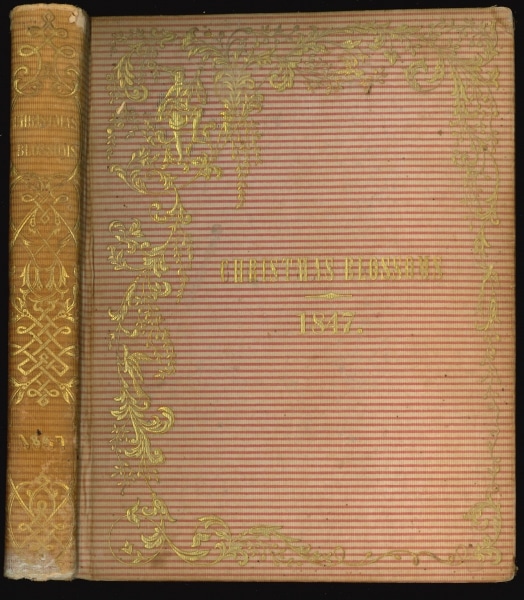

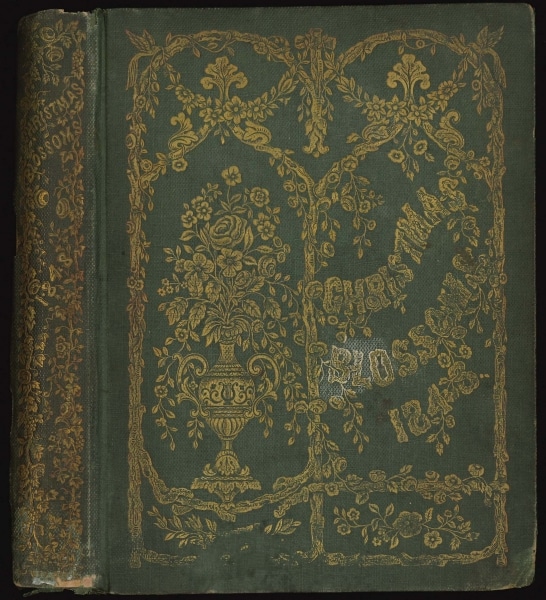
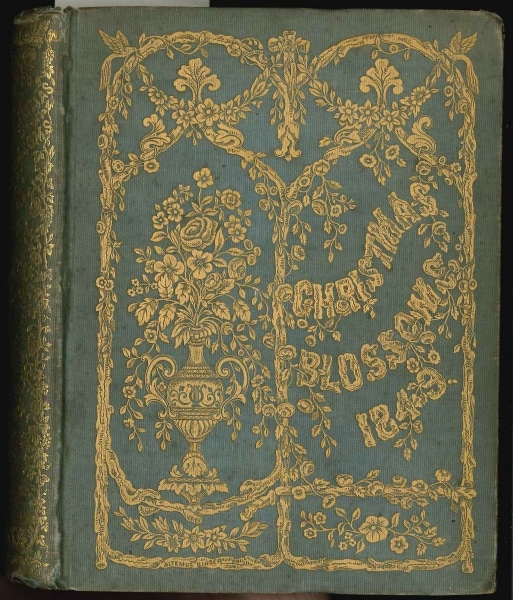
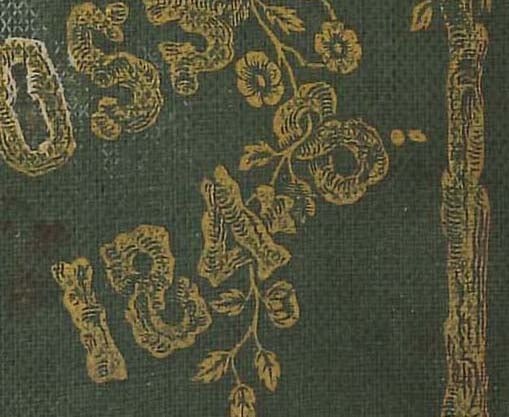
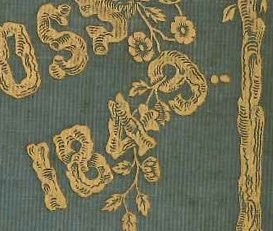
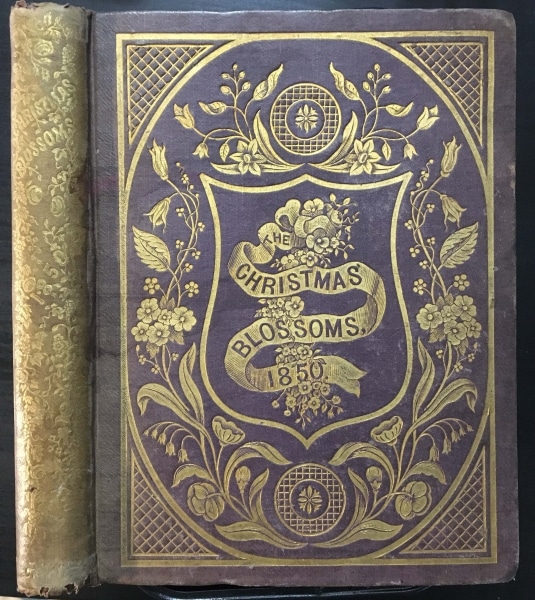
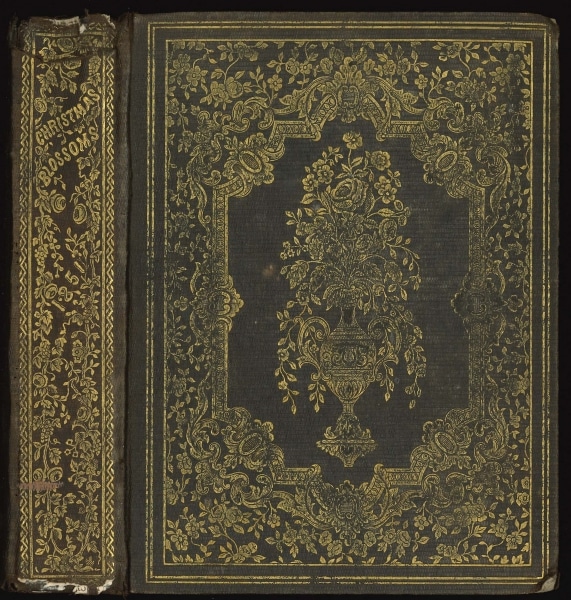
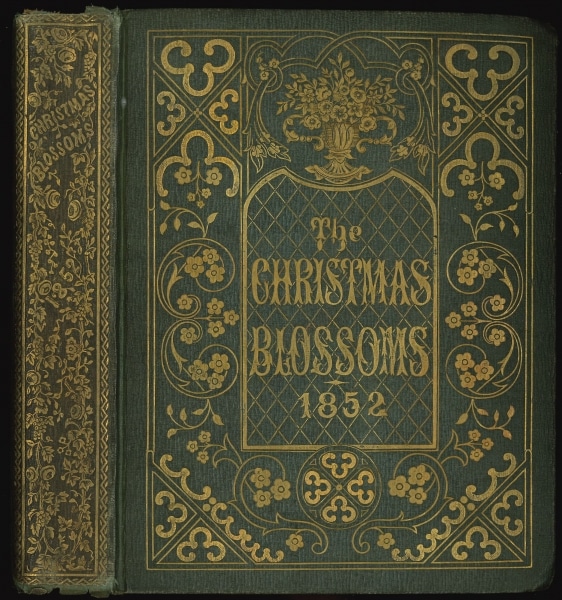
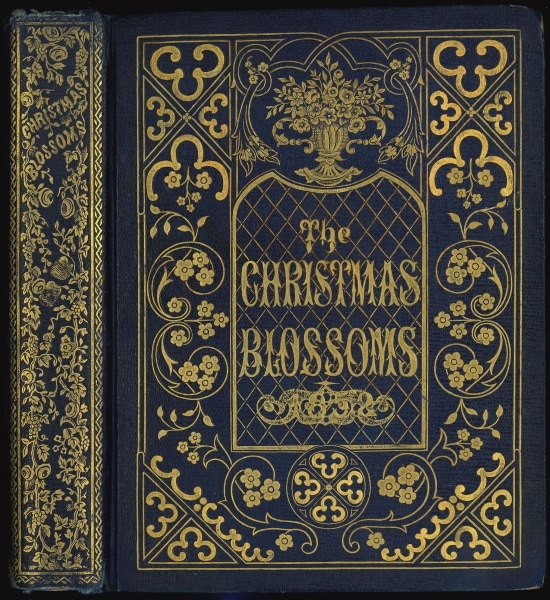
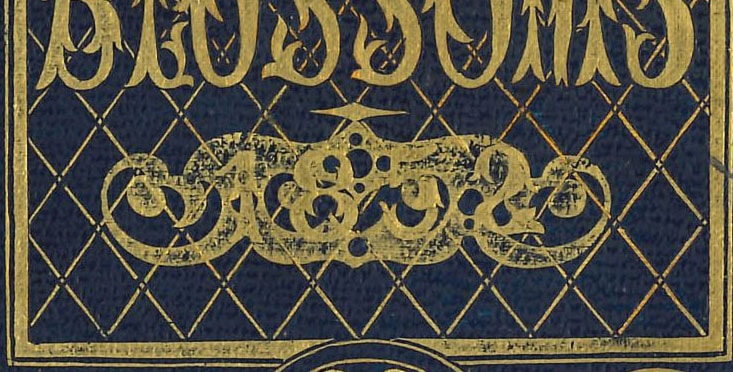
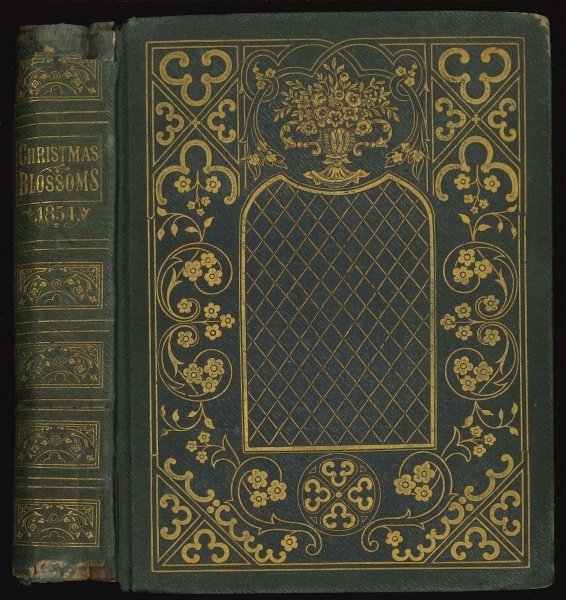

 George Lehman, Coal Mine at Mauch Chunk(Philadelphia: C.G. Childs, ca.1837). Lithograph.
George Lehman, Coal Mine at Mauch Chunk(Philadelphia: C.G. Childs, ca.1837). Lithograph.